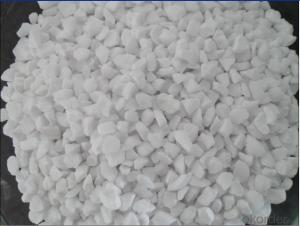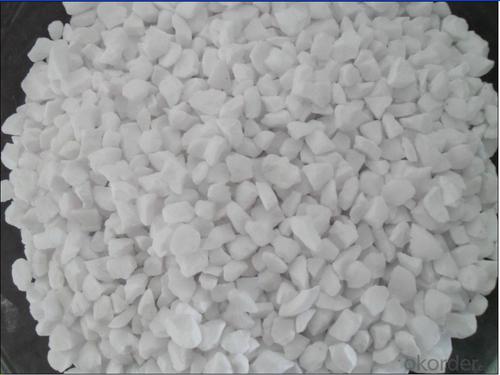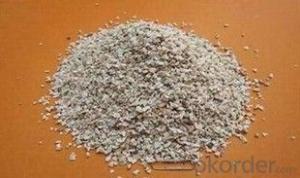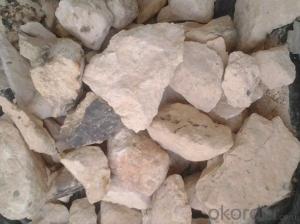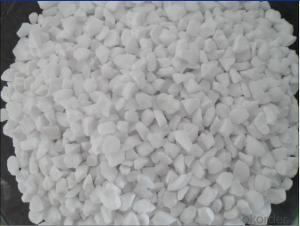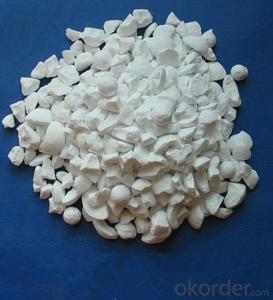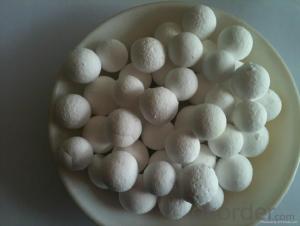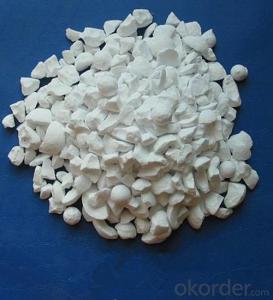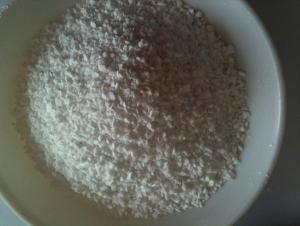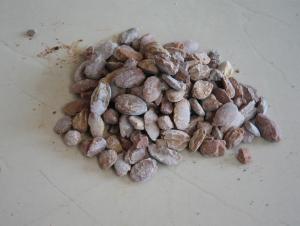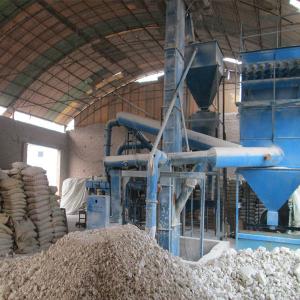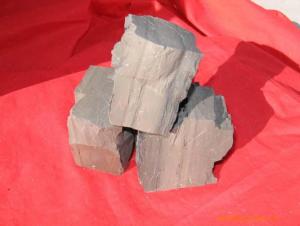Raw Materials for Refractory - Tabular Alumina Materials
- Loading Port:
- Tianjin
- Payment Terms:
- TT OR LC
- Min Order Qty:
- 20 m.t.
- Supply Capability:
- 1000 m.t./month
OKorder Service Pledge
OKorder Financial Service
You Might Also Like
Super high temperature shaft kiln sintered plate corundum that takes alumina as raw material is molded by milling and drying; on condition of quick warming and cooling in super high temperature shaft kiln, it becomes lots of tight column crystal and the dimension of crystal is among 30-200um; there are lots of alumina corundum that has high purity with lots of closed micro-holes.
Application
It is one kind of excellent insulation raw materials for fire-proof, porcelain and electric instruments; it is also excellent material for milling tool and polishing milling.
Specification(Please check the technical data in the below Format)
- Q: What's the texture of refractory for the hearth of reverberatory?furnace? ?
- High alumina brick; you can use zircon brick under the temperature above 1700? ;may i use mullite bricks under the temperature from 1400 to 1700? you can use clay brick and heavy corundum brick under the temperature of below 1400 degrees, question closely: what's the usage temperature of reverberatory?furnace? < pre accuse = "qRA" > is there someone use refractory fiber?
- Q: Procedures for producing common refractory materials?
- The general procedures of producing refractory materials include calcination of raw materials, selection of raw material , crushing, grinding, screening, mixing, ageing mixture, molding, drying, burning and etc. At present, the refractory factory usually purchases the calcined clinker, so the calcination of raw material is no longer a consideration of common refractory plants.
- Q: Is fireclay poisonous?
- Refractory materials are typically oxides, alumina, magnesium oxide and aluminate cement and etc, which are non-toxic.
- Q: What are the physical properties of refractory material?
- The mechanical properties of refractory material include compressive strength, volume density and sclerosing, slag resistance, elastic modulus, thermal shock resistance, oxidation resistance, bibulous rate, fluidity, resilience, bond strength and slump, electrical conductivity, specific heat, heat capacity, the impact strength, linear change, torsional strength, stomatal aperture distribution, resistance to acid, etc. The use performance of refractory material include refractoriness, thermal emissivity, condensation, porosity, coefficient of thermal expansion. Thermal properties of refractory material include thermal conductivity, temperature conductivity, plasticity, the hydration resistance, creep performance. The physical properties of the refractory materials include structure performance, mechanical properties, shear strength, load softening temperature, CO erosion resistance. The structure properties of the refractory materials include porosity, alkali resistance and sintering. The operating performance of refractory material include consistency, tensile strength, the use performance and operating performance, wear resistance, bending strength, thermal properties.
- Q: Please answer the questions about the packing and transportation requirements of refractory materials.. Requirements for packing of refractory bricks
- First of all, customer requirements, packaging according to customer requirements. According to the packaging packaging tray packaging is divided into 40 yuan / tons, carton 70 yuan / tons, 40 yuan / ton, straw packing bags of 30 yuan / ton.
- Q: What are the fire resistances of grc partition panels?
- waterproofing: It has good water resistance; 2. fireproofing: fire resistance of partition panel≥3.5h, it has an excellent fireproof performance and can be applied to fire-proof bulkhead; 3.soundproofing: According to the different thickness of walls and surface treatments, perlite light partition panels insulation can be 40-50 decibels, to ensure that products can be used for office, commercial, entertainment and residential buildings; 4, light weight:
- Q: who knows the fire resistant level of fireproof gypsum board ?
- Gypsum board is flame retardant materials, combustion performance rating B1, but when mounted on a steel joist, it can be seen as rating A(non-combustible material) . So it is fine to use as a ceiling. As for the Dragon brand, rock wool can be filled in the mddle according to its design requirements, using different series of gypsum board, steel stud. the walls may have fire resistance and sound insulation property of various degrees. You can randomly choose several samples to run some tests at the quality inspection insititute and the quality of these samples are subject to the testing results.
- Q: What are the requirements for the performance of refractory materials?
- Refractory materials should have very high refractoriness, high temperature heat load and resistance to softening, melting; with high volume stability, resistance to high temperature and heat load, volume shrinkage and only uniform expansion; high strength at room temperature and high temperature strength, high load softening temperature, under the joint action of heat load and heavy load, no loss of strength, creep collapse; Electric furnace analysis should have good resistance to thermal shock, resistance to rapid temperature changes, no crack, not flaking; with excellent slag resistance.
- Q: What are the types of steel refractory materials
- (1) clay refractory brick (2) high alumina refractory brick
- Q: What is the quote of fireproof and soundproof materials used in KTV?
- acoustic material, aluminum foil glass wool, sound-deadening material, glass wool, cinema / KTV dedicated glass wool: The classification of glass fiber products: The category of glass wool felts: The level of insulation cotton: A-level brands: New applications: The origin of GB/T13350-2008: The coefficient of thermal conductivity(room temperature): 0.035 bending at low temperature≤: 0.02 elongation at break: ≤80kPa flexure strength: ≤120kpa Compressive strength: ≤150kpa application temperature: 700 Core material: The shape of glass wool: Fibrous shape: Coil Specifications: Complete quote is 23 Yuan per cubic meter. glass wool board, KTV sound insulation core material: The shape of glass wool: The level of rectangular glass wool: A-level non-combustible brands: Kunnai material: The origin of glass fiber: Guangzhou, Shijiazhuang, Wuhan, the quote there is 8.8 Yuan per cubic meter.
Send your message to us
Raw Materials for Refractory - Tabular Alumina Materials
- Loading Port:
- Tianjin
- Payment Terms:
- TT OR LC
- Min Order Qty:
- 20 m.t.
- Supply Capability:
- 1000 m.t./month
OKorder Service Pledge
OKorder Financial Service
Similar products
Hot products
Hot Searches
Related keywords
